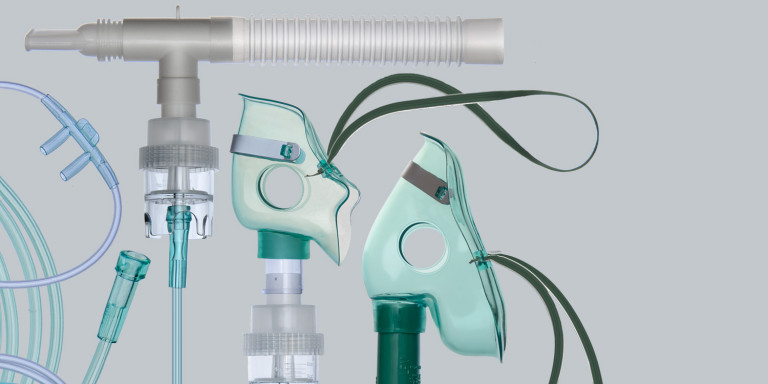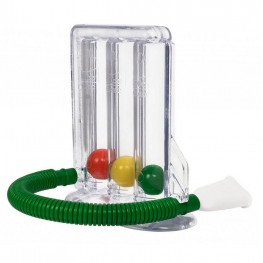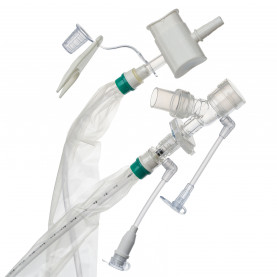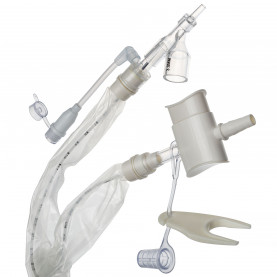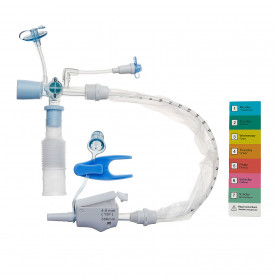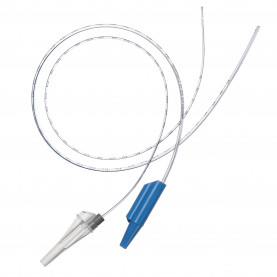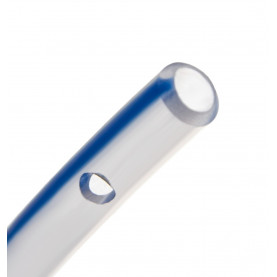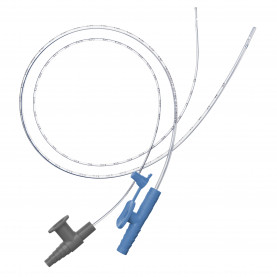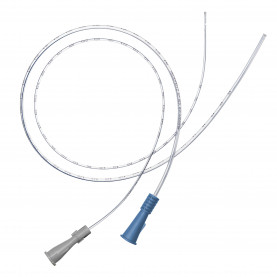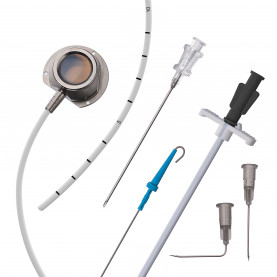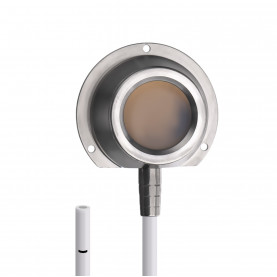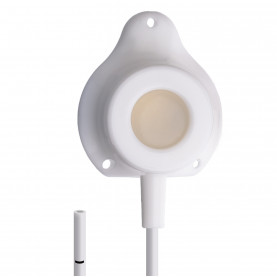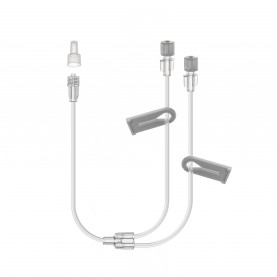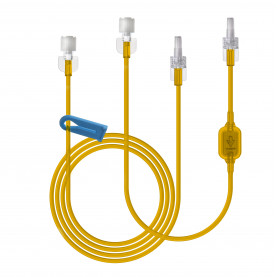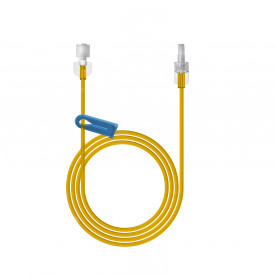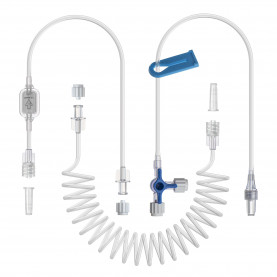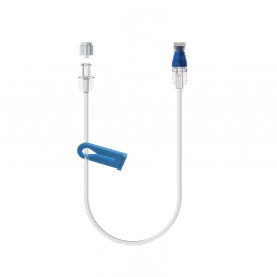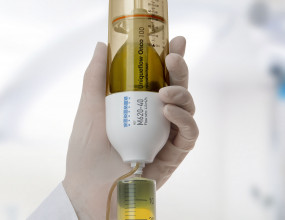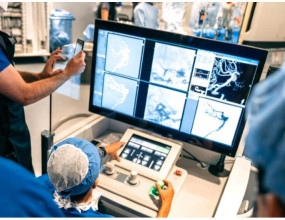Oxygen and aerosol therapy
Our company offers medical disposables designed for oxygen therapy with fixed and variable oxygen concentration, oxygen delivery and humidification, as well as medication nebulization.

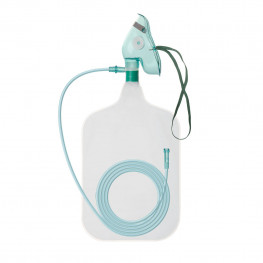
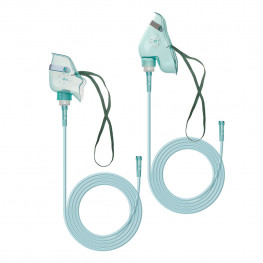
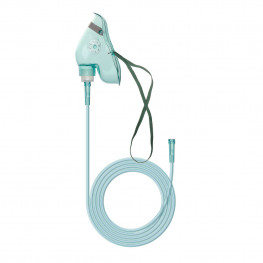
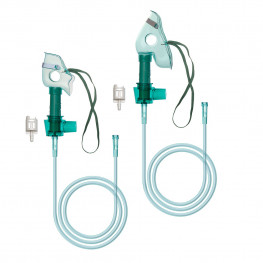

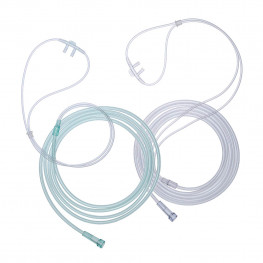
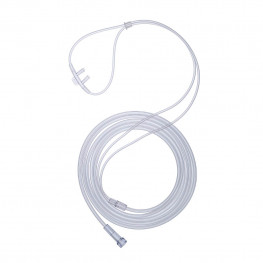
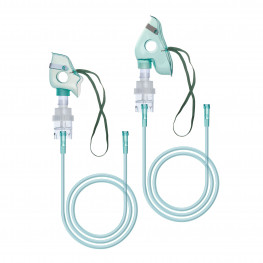
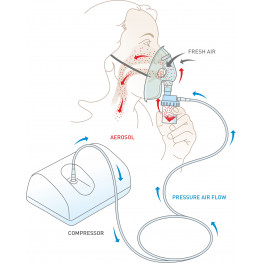
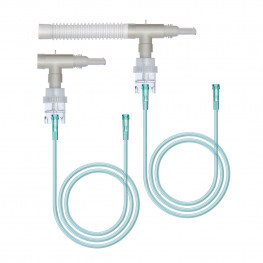

There is a wide variety of devices available to provide oxygen support. Delivery systems are classified as low-flow or high-flow equipment, which provide an uncontrolled or controlled amount of supplemental oxygen to the patient. Selection should be based on preventing and treating hypoxemia and preventing complications of hyper-oxygenation. Factors such as how much oxygen is required, the presence of underlying respiratory disease, age, the environment (at home or in the hospital), the presence of an artificial airway, the need for humidity, a tolerance or a compliance problem, or a need for consistent and accurate oxygen must be considered to select the correct oxygen delivery device. Both nasal cannulas and oxygen masks allow the delivery of oxygen with low-flow or high-flow in a concentrated form to people who are hypoxic (inadequate oxygen supply to body tissues).
Special considerations:
- Review the protocol at your health authority prior to initiating any high-flow oxygen systems, and consult your respiratory therapist.
- In general, nasal prongs and a simple face mask (low-flow oxygen equipment) may be applied by a health care provider. All other oxygen equipment (high-flow systems) must be set up and applied by a respiratory therapist.
- For patients with asthma, nebulizer treatments should use oxygen at a rate greater than 6 L/min. The patient should be changed back to previous oxygen equipment when treatment is complete.
- Oxygenation is reduced in the supine position. Hypoxic patients should be placed in an upright position unless contraindicated (e.g., if they have spinal injuries or loss of consciousness).
- In general, for most patients with COPD, target saturation is 88% to 92%. It is important to recognize COPD patients are at risk for hypercapnic respiratory failure.
- Check the function of the equipment and complete a respiratory assessment at least once each shift for low-flow oxygen and more often for high-flow oxygen.
- In acutely ill patients, oxygen saturation levels may require additional ABGs to regulate and manage oxygen therapy.
- Oxygen saturation levels and delivery equipment should be documented on the patient’s chart.
Increasing Oxygen in the Lungs
The use of oxygen delivery systems is only one component to increasing oxygen to the alveolar capillary bed to allow for optimal oxygenation to the tissues. Additional methods to increase oxygen saturation levels in the body include:
- Maintaining satisfactory airway
- Optimizing oxygen-carrying capacities (hemoglobin levels)
- Reversing any respiratory depressants
- Using invasive or non-invasive ventilation when necessary
- Treating airflow obstruction with bronchodilators and sputum-clearing techniques
- Treating pulmonary edema as required

